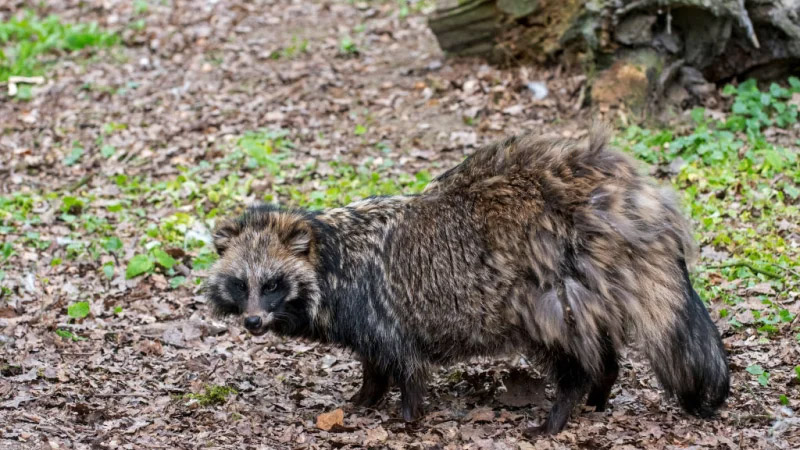The World Health Organization criticized Chinese officials on Friday for withholding research that might link the origin of COVID-19 to wild animals, questioning why the material had not been made public three years ago and why it is now missing.
Before the Chinese data disappeared, an international team of virus scientists downloaded and began examining the January research. According to them, this confirms the theory that the pandemic started when illegally sold raccoon dogs infected people at a Wuhan seafood market.
But, after the scientists offered to collaborate on the analysis with their Chinese counterparts, the gene sequences were removed from a scientific database.
“These data could have — and should have — been shared three years ago,” WHO Director-General Tedros Adhanom Ghebreyesus said. The missing evidence now “needs to be shared with the international community immediately,” he said.
The findings, according to the specialists who are examining it, provide proof that raccoon dogs, foxlike animals known to spread coronaviruses left behind DNA in the same Wuhan market where genetic markers of the novel coronavirus were detected.
According to some researchers, this finding implies that the animals were infected and may have spread the virus to people.
Huge amounts of genetic information were extracted from swabs of animal cages, carts, and other surfaces at the Wuhan market in early 2020, and the genetic data had caught the attention of virus experts since they learned about it a year before in a report by Chinese scientists.
This week, a French researcher discovered the genetic sequences in the database, and she and her colleagues began mining them for hints about the pandemic’s origins.
That team has yet to publish a report detailing its findings. Nevertheless, the researchers presented an analysis of the data to a WHO advisory group examining the origins of COVID this week, during a meeting that also included a presentation by Chinese researchers on the same data.
According to Sarah Cobey, an epidemiologist and evolutionary biologist at the University of Chicago who was not involved in the recent study, the analysis appeared to refute earlier claims by Chinese scientists that samples taken in the market that were positive for the coronavirus had been ferried in by sick people alone.
“It’s just very unlikely to be seeing this much animal DNA, especially raccoon dog DNA, mixed in with viral samples if it’s simply mostly human contamination,” Cobey said.
There are still questions concerning how the samples were taken, what they contained, and why the evidence had vanished. Several scientists reacted warily in light of the uncertainties, stating it was impossible to evaluate the findings without viewing the entire report.



